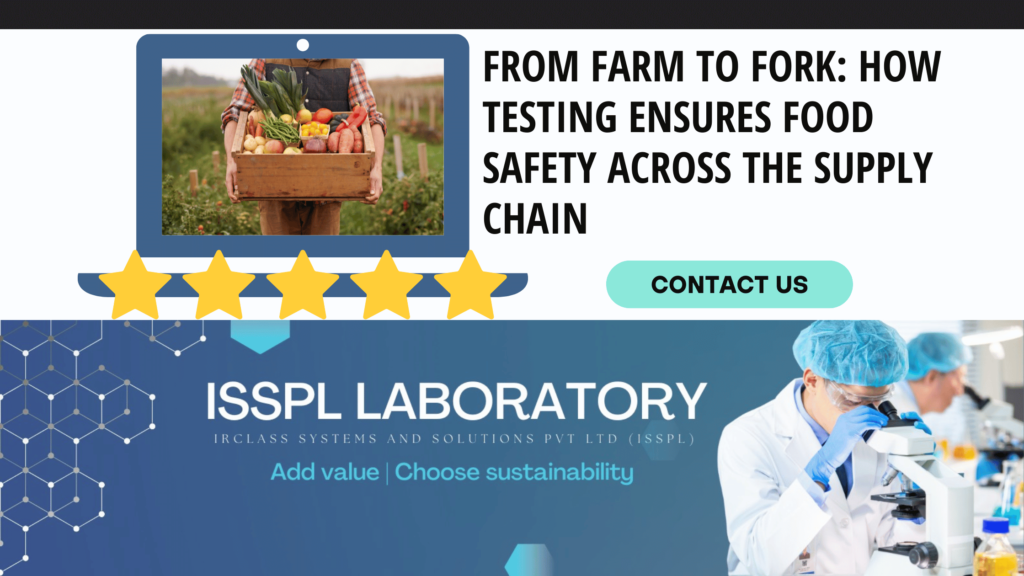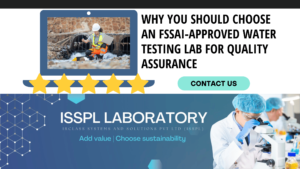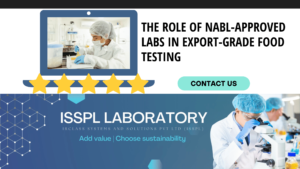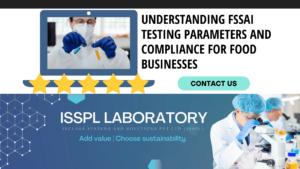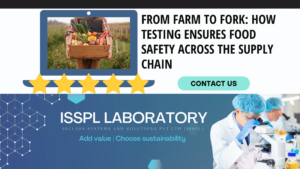An Overview by Team ISSPL - Analytical Testing Laboratory in India
ToggleFood safety depends on what happens before products reach the shelf. That process includes the farm along with transport and storage. One weak point in that chain can affect everything that comes after it.
Testing does not happen in isolation. It sits inside this process and acts like a checkpoint. Without it, problems pass through unnoticed. With it, food becomes traceable along with safer and ready for trade.
Why food testing matters more now
Most businesses that move food between countries follow stricter rules than before. That is because risks have become more visible and regulations are now tougher across different markets.
Countries want proof that what they import is clean along with safe and clearly documented. For manufacturers and exporters, testing helps deliver that proof without adding long delays or confusion.
Testing also prevents future problems. A test result is not just data. It is a signal that things are working or not working in your supply chain.
The risks in your supply chain
Contamination can happen in more than one place. It starts at the soil or water source and can travel through raw materials along with processing units and storage.
Here are some common risks across the chain:
- Pesticide residues in raw produce or grains
- Microbial growth during washing along with packaging and transport
- Heavy metal presence from water or soil contact
- Mislabeling due to batch mixing or incorrect data handling
- Material transfer from packaging or container surfaces
Each of these problems leads to larger risks when not found early. That includes shipment delays along with product recalls and import rejections.
When testing starts before the food is made
Good testing does not wait until the last step. It starts at the raw material stage. Many businesses now test inputs such as wheat or rice along with fruits and spices before they enter the factory.
This helps fix problems before they grow. It also reduces waste because testing early means you do not lose time processing material that will fail later.
For food meant for export, early testing adds another layer of control. If there is a banned chemical or residue beyond limits, you can stop it before packing begins.
What labs look for during processing
Food processing is where small risks often become larger ones. Even small lapses in temperature control or water quality can lead to spoilage or unsafe levels of bacteria.
A good lab will look at things like:
- Presence of microbes like E. coli along with salmonella and yeast
- Additive levels and compliance with food safety limits
- Nutritional label validation against what is actually inside
- Shelf-life checks and how the product behaves under transport
These results are then compared against the regulations set by FSSAI or other export-related authorities.
How labs support exports with trusted results
When a food product is exported, it must pass rules that are different from local ones. That means every part of the lab report must be ready for inspection.
Exporting businesses rely on labs that are approved by FSSAI along with EIC and APEDA. These approvals are not just formal documents. They confirm that the results will be accepted at the other end of the supply chain.
Some countries also require method validation and data traceability. That is why many exporters now ask for labs with ISO/IEC 17025 accreditation. It shows that the lab can give results that hold up across markets.
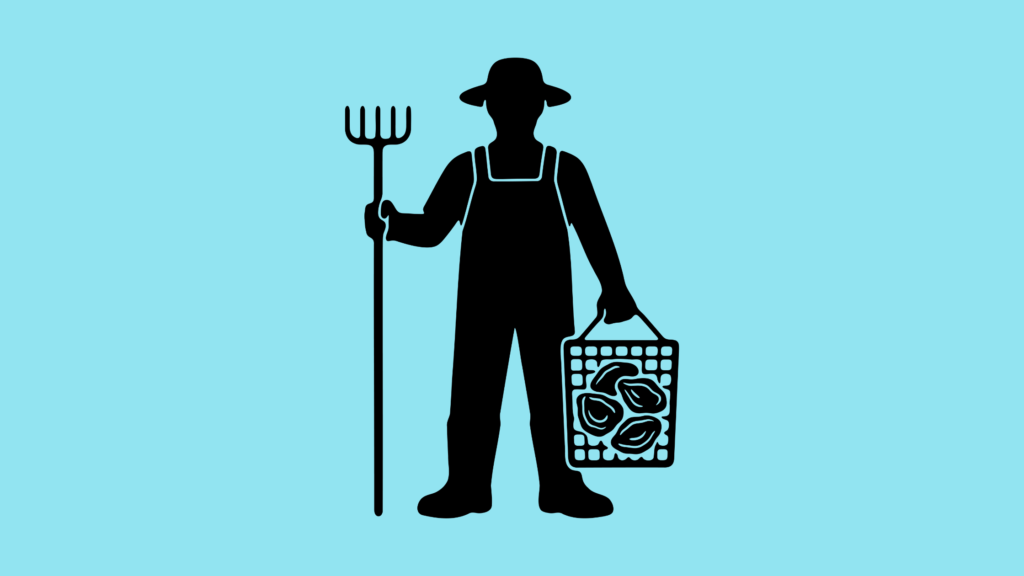
Testing tools that give clear answers
Modern food labs are built on instruments that give results beyond what the eye can see. A basic microscope is not enough.
Labs that support serious export or pharma-grade clients usually have instruments like:
- LC-MS/MS to check pesticide residues at low levels
- ICP-MS for tracking heavy metals like lead or arsenic
- HPLC to check product consistency over time
- FT-IR and GC to confirm ingredient presence or purity
These tools allow tests to be repeated with accuracy. That matters when a buyer wants to know exactly what is inside the product they will receive.
Why traceability is now a business requirement
Buyers do not just ask for reports. They also want to know how the product was tested and where each sample came from.
That is where traceability matters. A good lab will create clear records of the sample, the storage, the time of receipt, the test date, and who handled the report.
If a problem shows up later, these records help businesses trace the issue back to its source. Without that information, exporters risk losing contracts or facing bans in target markets.
How support services make testing more practical
Many labs now go beyond simple testing. They help with product trials, method development, or even team training. This makes the lab more than a vendor. It becomes part of your quality process.
Services like food safety audits, SOP creation, packaging validation, and team upskilling help prepare businesses for export readiness. These add value when a client wants to move into a new market with new standards.
What food manufacturers can do next
Food safety is not about one test. It is about making sure that every test fits inside your workflow and supports your business goals.
Here are a few ways you can use testing better:
- Choose labs that meet global requirements and can explain their reports clearly
- Test early in the process to avoid late surprises
- Focus on documentation and traceability at each stage
- Train your team on what testing reports mean and how to act on them
- Work with labs that can offer support beyond just results
Testing should not slow you down. It should help you move forward with less doubt and more clarity.
Testing builds trust before the product is even opened
Buyers form opinions before they taste your product. If your reports are clear along with complete and timely, they trust you more. That trust can lead to long-term business and better pricing terms.
Each clean report is one less issue to handle. Each well-tested product is one more step towards stronger relationships. That is what moves food safely from farm to fork.
How ISSPL Lab supports this process
ISSPL Lab supports businesses that want to grow without guesswork. With accreditations under ISO/IEC 17025 and approvals from NABL, EIC, FSSAI, and APEDA, they offer tested clarity across food, water, pharma, and more.
FAQs
What does food safety testing actually check for?
Food safety testing checks for harmful substances along with microbiological risks and chemical residues that may be present in food products.
Why do exporters need accredited lab reports?
Exporters need lab reports from accredited labs because importing countries only accept results backed by approved standards and validated methods.
At what stage should food products be tested?
Food products should be tested during raw material intake along with production and before packaging to catch and fix problems early.
How does testing reduce the chance of product rejection?
Testing reduces the chance of rejection by confirming that each batch meets safety limits along with regulatory norms before shipping begins.
Can labs support teams beyond just sample testing?
Some labs also help with product trials along with method setup and team training to make sure your processes are ready for export.
